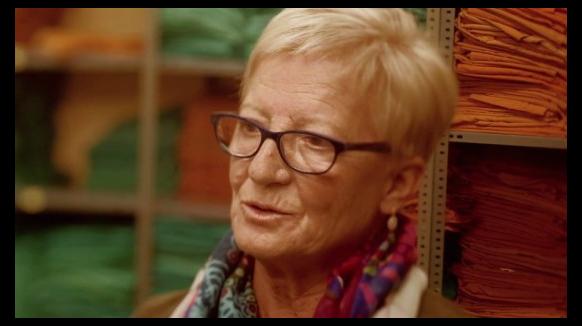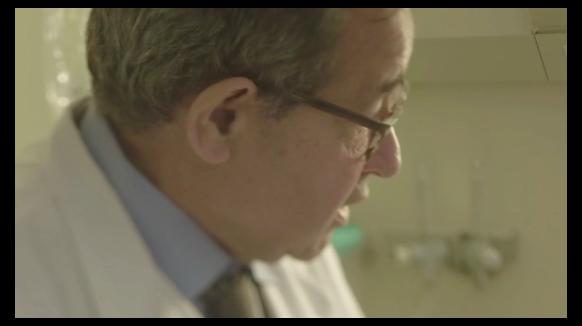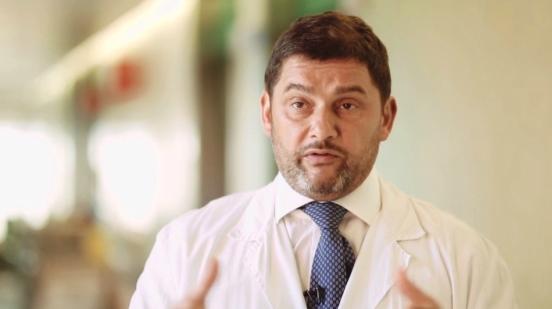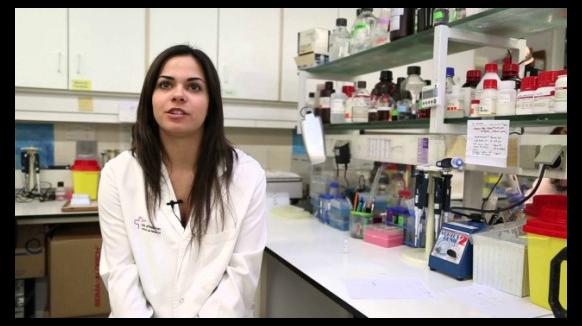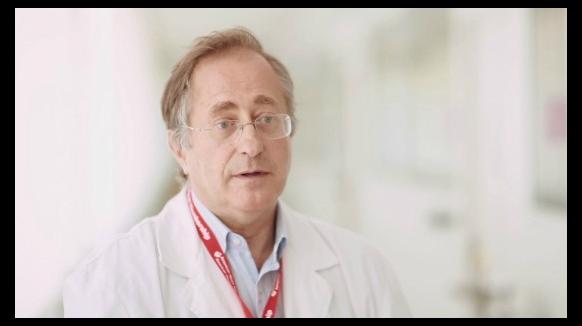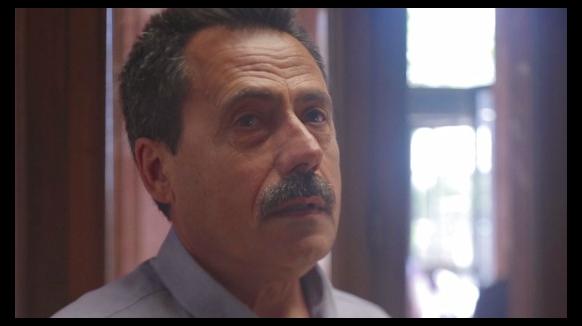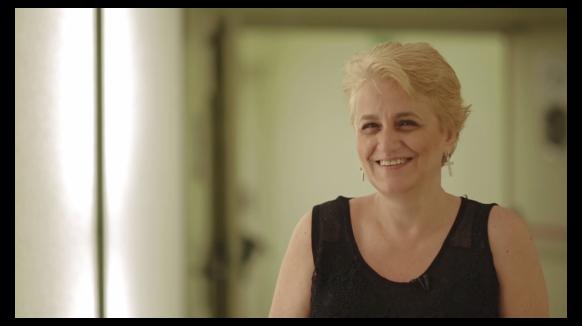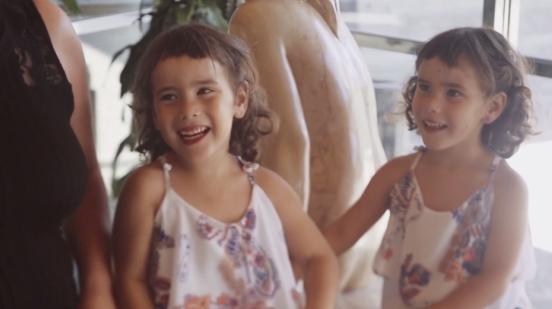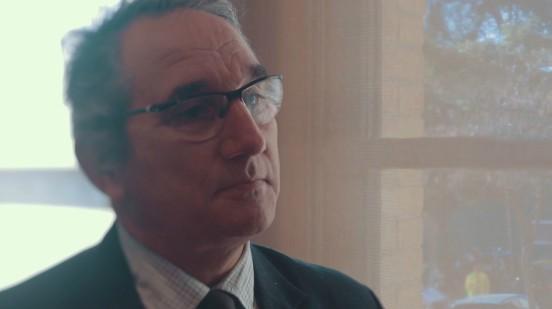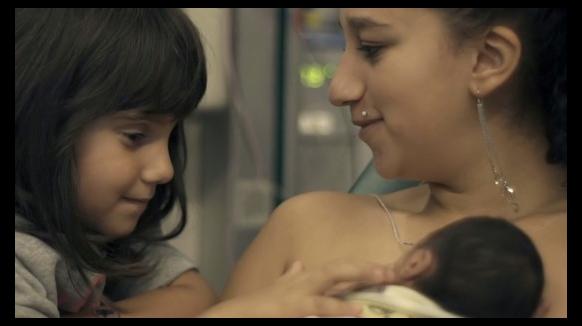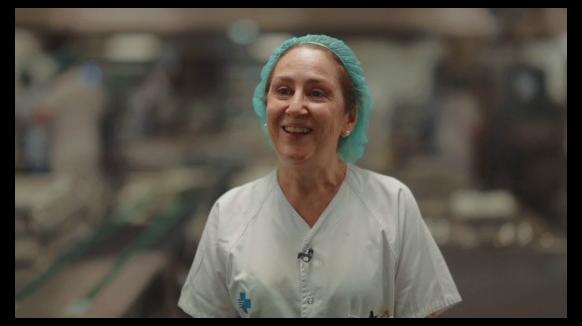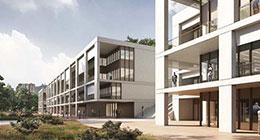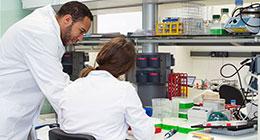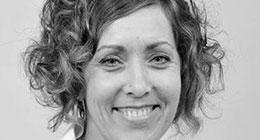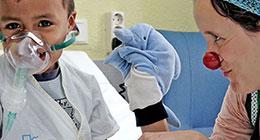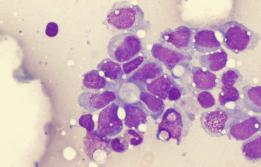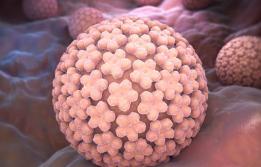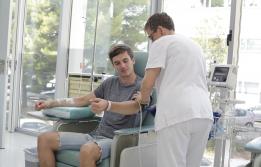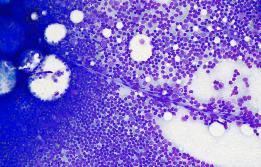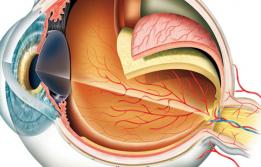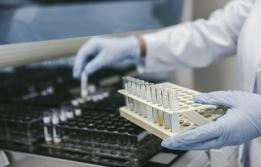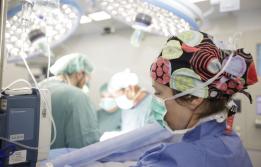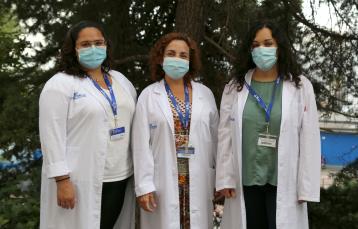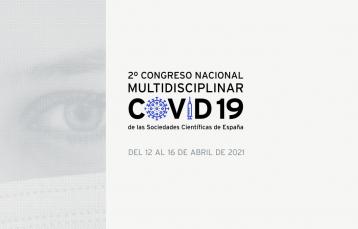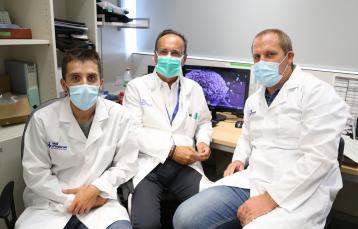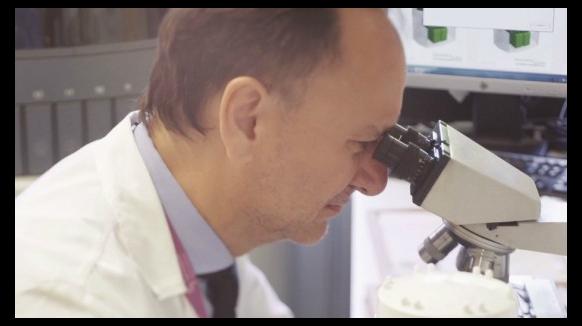Pathological anatomy
The Anatomy Department studies diseases through direct microscope observation of tissues (biopsies, surgical samples, clinical autopsies) and body fluids (cytologies, fine needle aspiration punctures), to obtain the most accurate diagnoses to ensure proper treatment of the illness. Our mission is to offer the patient all the benefits of the best in medical, prognostic and predictive diagnosis using the most advanced molecular technologies.
Description
Surgical pathology and cytopathology are a key part of diagnosing patients receiving treatment at our hospital. Our pathologists are highly specialised in a diverse range of pathologies, are internationally recognised and are leaders in the different fields of anatomopathological diagnosis. Our professionals can be found on commissions, committees and clinical management teams throughout the Hospital. We have a wide range of technological resources, histochemical and immunohistochemical techniques, electronic microscopy and molecular pathology, which means we can carry out morphological diagnosis with both prognostic data and treatment targets, which form the basis ofpersonalised medicine. We also perform diagnosis reviews with second opinions for samples from other centres.
We receive the highest volume of samples of all Catalan public hospitals (more than 90,000 biopsy and cytology samples a year). We are a leading centre, and are proud to receive the most complex and specialised pathologies in all clinical and surgical areas. Our focus is on:
- Autopsies: adults, paediatric and foetal, including special risk cases. We carry out more than 350 annually. Our centre is one of the most experienced in autopsies in cases of foetal malformations.
- Biopsies: we carry out a microscopic study of patient tissue samples, in order to arrive at a diagnosis of the disease, as well as of samples from surgery, i.e. organs or body parts extracted from the patient during a surgical procedure, in order to diagnose the disease and provide prognostic information. This information will be used to make treatment decisions, particularly in cancer cases.
- Intraoperative biopsies: microscope study of samples from patients while they are in the operating theatre. In just a few minutes, a rapid, qualitative diagnosis can be given to the surgeon making for better informed decisions about the scope of the intervention being carried out. We study more than 2,500 intraoperative samples every year.
- Cytology: microscopic studies are carried out on all types of cytological samples: from the uterine cancer prevention programme, of serous liquids, urine and respiratory samples, as well as on cytology obtained by fine needle punctures, which can be taken by the pathologist or other professionals.
- Electronic Microscopy Unit: ultrastructural studies are performed in complex dermatological, nephrological and tumour pathologies.
- Molecular Pathology Laboratory: we have implemented molecular tests that we perform on biopsy material or cytology from patients, which can be for diagnostic purposes or to determine treatment targets, which provide a prediction of how the patient will respond to treatment. We perform more than 15,000 molecular studies per year, with a focus on predictive biomarkers in cancer of the lungs, colon, melanoma and breast.
Research
We are leading and/or actively participating in multiple research projects, both in collaboration with other hospital research departments and units as well as in national and international multi-centre clinical studies and trials.
We have a basic research unit at the Vall d'Hebron Research Institute that pursues several lines of research into cancer pathology. Our research into foetal and developmental pathology should also be highlighted.
We have a Tumour Bank and a Foetal Tissue Bank, as well as a Brain Bank, which are all part of the Vall d'Hebron University Hospital Biobank (HUVH Biobank).
Thanks to the availability of advanced technology and the collective experience of our pathologists in interpreting tissue disease, we play a key role in the translational research by the various applied clinical research groups at the Hospital.
Teaching
We offer undergraduate and postgraduate education with comprehensive educational opportunities for students of the Autonomous University of Barcelona’s (UAB) Faculty of Medicine, practicum for biology and biotechnology students, as well as participating in various UAB master's degrees, and directing Doctoral Theses within the Doctorate in Surgery and Morphological Sciences Programme at the UAB.
We also host practicum for professional training for specialists in pathological anatomy and cytodiagnostics, from different schools and colleges in Barcelona.
Our teaching unit is accredited by the Ministry of Health, Social Services and Equality for specialist training of 3 residents a year in the pathological anatomy specialty. This training lasts for 4 years and consists of rotation between the areas of knowledge pertaining to the specialty, such as autopsy pathology, surgical pathology, cytopathology and molecular pathology. Residents have the possibility of taking part in research projects in the field as part of their training. The Department promotes their attendance at scientific congresses and events where they can present the results of their studies, and actively promotes their participation in scientific publications. We encourage the 4th year resident to complete a three-month training period in a leading European or American Pathological Anatomy department in one of the areas of knowledge in order to provide them with complementary training.
For professionals working in our department we organise continuing education refresher courses in pathological anatomy to promote innovation in clinical health care. We organise training placements for both domestic and foreign professionals, especially in transplant pathology, paediatric pathology and molecular pathology.
